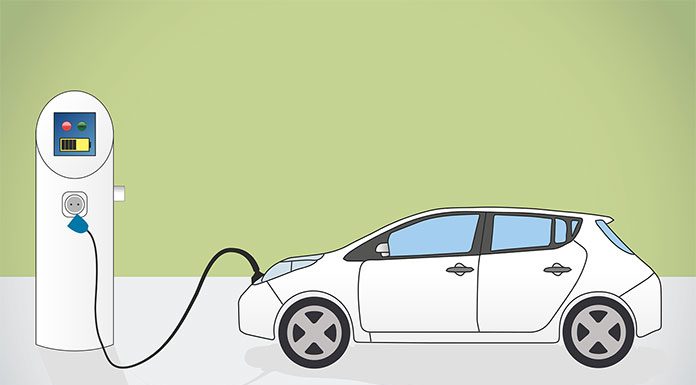As countries worldwide recognise the urgent need to combat climate change, governmental incentives, improved charging infrastructure, and advancements in EV technology are making electric cars more accessible and appealing to consumers. The latest data from Gartner reflects this trend, anticipating worldwide shipments of electric cars — consisting of battery electric and plug-in hybrid vehicles — to reach nearly 15 million in 2023. For 2024, a 19% increase is expected, bringing the total to 17.9 million units.
The projections for all electric vehicle shipments, including cars, buses, vans, and heavy trucks, are set to touch 18.5 million units in 2024. Out of this total, electric cars are expected to account for 97%.
Electric Vehicle Shipments by Type for 2022-2024 (in Units)
| Vehicle Type | 2022 Shipments | 2023 Shipments | 2024 Shipments |
|---|---|---|---|
| Cars | 11,128,805 | 14,975,296 | 17,855,428 |
| Buses | 198,731 | 202,733 | 207,845 |
| Vans | 137,668 | 218,337 | 349,950 |
| Heavy Trucks | 22,595 | 30,162 | 39,349 |
| Total | 11,487,798 | 15,426,529 | 18,452,573 |
Data Source: Gartner, Inc. (September 2023)
For 2022 to 2023, battery electric vehicle (BEV) shipments globally are anticipated to grow from 9 million units to 11 million. Meanwhile, plug-in hybrid electric vehicle (PHEV) shipments are predicted to see an increment from 3 million to 4 million units.
Consumer preferences differ by region. For instance, in the U.S., Canada, and Japan, the preference for PHEVs is noticed, primarily due to the benefits of combining emission-free urban driving with gasoline propulsion for longer distances. On the other hand, consumers in Western Europe, China, and India are more inclined towards BEVs for their lower running costs, quieter drive, and environmental advantages.
Governmental regulations and initiatives aiming to reduce vehicular emissions are influencing automaker strategies. Some are considering the eradication of tailpipe emissions from new light-duty vehicles by 2035, while others are targeting electric vehicle sales to make up 40-50% of their annual U.S. volumes by 2030. Additionally, the growing relevance of EVs is ushering in new market entrants with EV platforms. According to the data, by 2030, over half of the vehicle models in the market could be electric.
Price points are also a significant factor. By 2027, the average BEV price is projected to align with the price of internal combustion engine (ICE) vehicles of a similar category. However, by 2030, issues related to power generation and network capacity could impede mass EV adoption.
Gartner said that steps can be taken to ease these potential strains. Encouraging EV users to charge during non-peak electricity hours is one way. This would require extensive deployment of smart metering. Moreover, granting utilities control over EV chargers via application programming interfaces can assist in managing grid demands during peak consumption.











